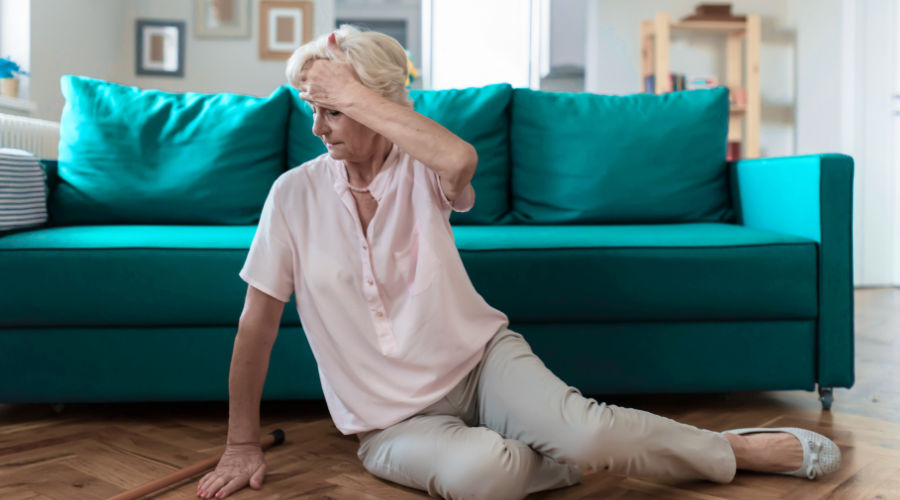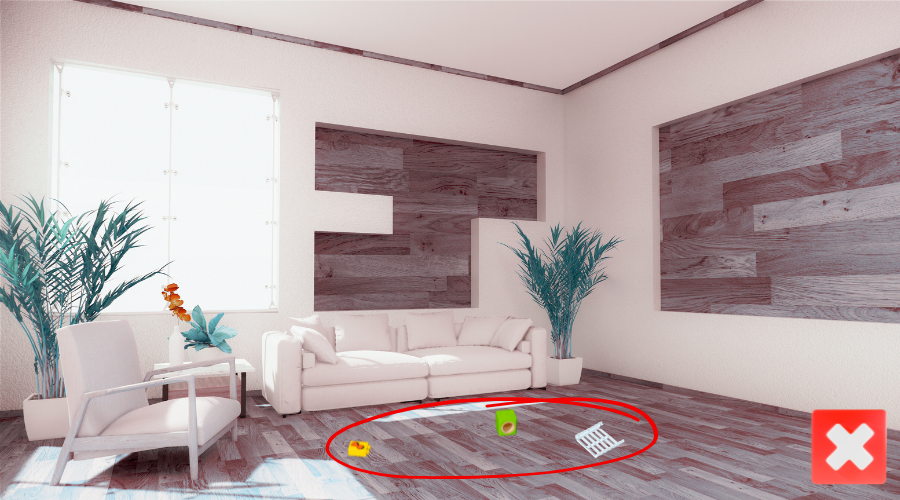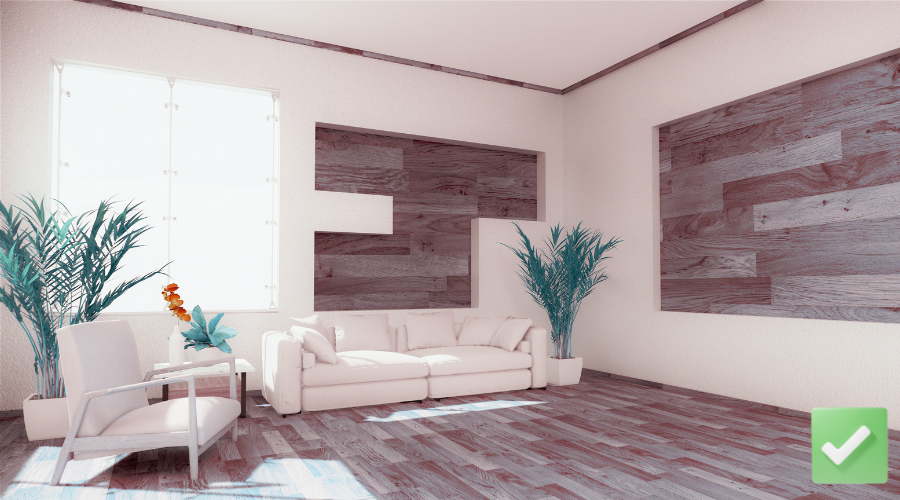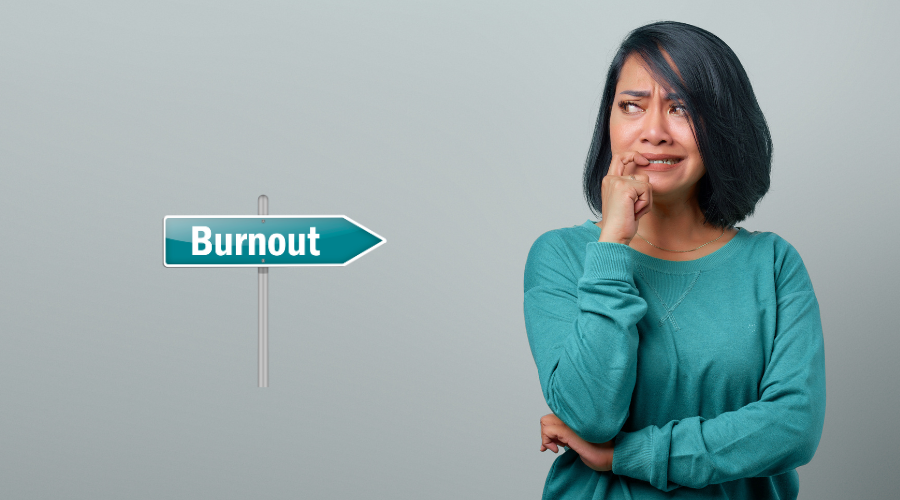Elderly Falls

Elderly Falls are Common
Falls are very common among seniors 65 years and older. According to the CDC, “14 million or 1 in every 4 adults report falling every year.” As you age, the physical decline in your body’s capabilities puts you at risk for falls. Declines such as diminishing eyesight, weaker muscles, impaired balance and slower cognitive alertness are fall risks. Also, various health conditions, such as dementia, Knee/Hip arthritis, leg injury and sedative medication, may contribute to falls.
Some Consequences of Falls
Falls can result in multiple bruising, sprains, fractures, hip replacement and disability. Injury from one fall creates a risk for other falls.
Fall Prevention Tips
Here are some helpful actions that can minimize or prevent falls among seniors: –
- Keep the home well-lit.
- Get the appropriate treatment for your vision issues, such as updating your eyeglasses or having surgery to correct severe eye condition.
- Clear the floor of everything you can trip over.


- Do not use area rugs.
- Wear nonslip socks indoors and slide-proof shoes outdoors.
- Use rails on stairways.
- Use nonslip mats in bathtubs.
- Do not walk on a wet floor.
Stay safe and keep your loved ones safe.
Source
- CDC Fact Sheet. (2024). Older Adult Fall Prevention. https://www.cdc.gov/falls/pdf/CDC-DIP_At-a-Glance_Falls_508.pdf
- NIH. (2020). Falls in Older Adults are Serious. https://pmc.ncbi.nlm.nih.gov/articles/PMC7093636/#Sec3
- Robinson, J. (2023). Why Do Older Adults Have More Falls? https://www.webmd.com/healthy-aging/why-do-older-adults-have-more-falls
Share Our Post:
